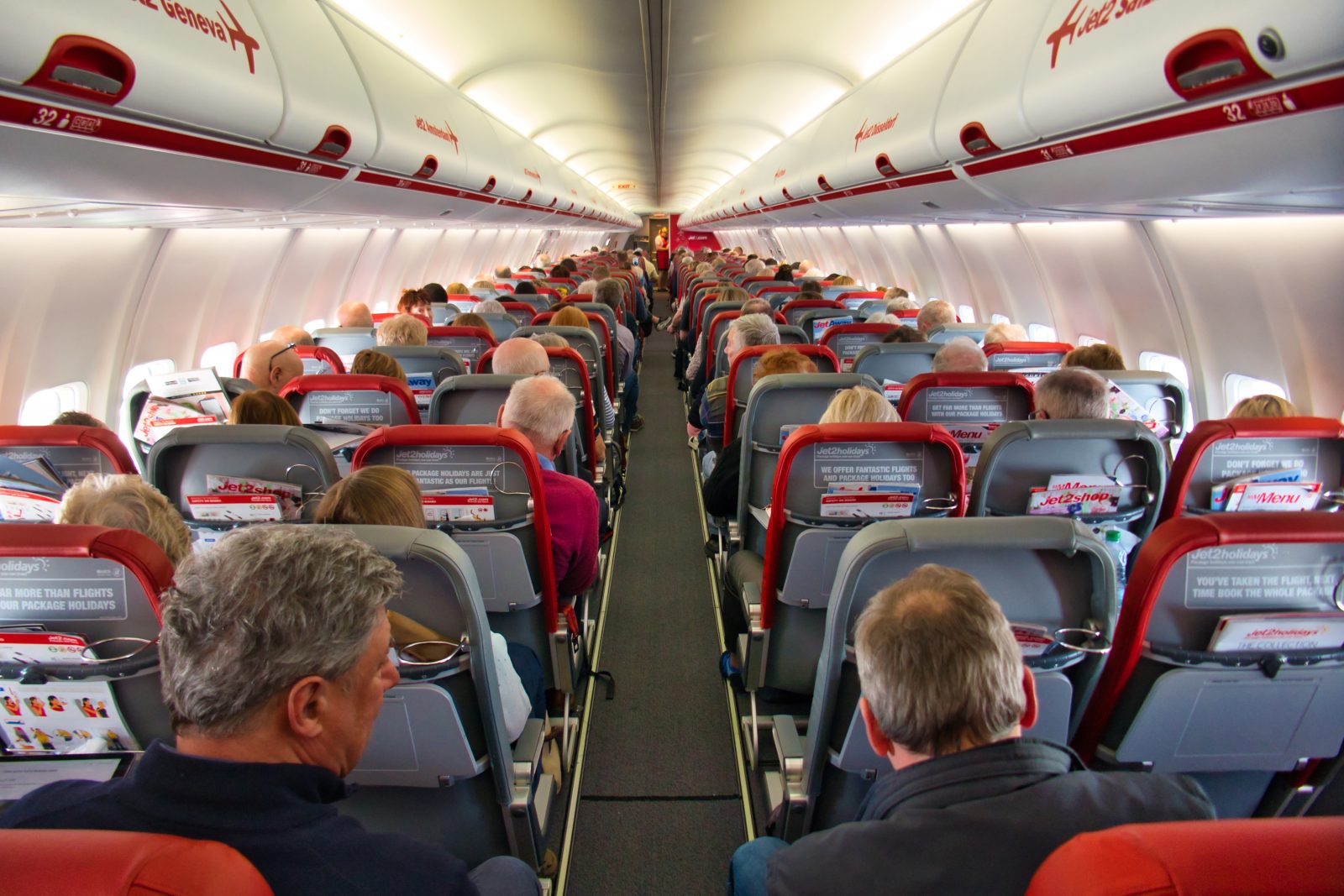
The pilots of a British airline were forced to perform an aborted landing after a passenger left their seat and collapsed into the aisle shortly before touchdown but were then ‘distracted’ by the cabin crew who continuously pressed an emergency alert call button because they didn’t know what to do with the passenger.
The details of the incident were revealed in a report published by the Confidential Human Factors Incident Reporting Programme (CHIRP), a charitable organisation which works with regulators to gather data on aviation and maritime safety.
Passengers and cabin crew were seated for landing when a passenger left their seat and dropped to the floor with just three minutes before touchdown. The cabin crew correctly reported that the plane was no longer ‘secure’ for landing and the Captain decided to perform a ‘go around’ or aborted landing to give the crew time to investigate what was happening.
A go-around is considered a resource-intensive operation which requires the full concentration of both the Captain and First Officer. As a result, it’s not unusual for a go-around to be accompanied by several minutes or longer of waiting to receive an update from the pilots.
On this occasion, however, the cabin crew started to press an emergency alert call button “so much so that it was distracting for the flight deck crew to manage the go-around manually”.
At the same time, the pilots were trying to talk to air traffic control and avoid a large storm cloud while the emergency alert chimed in the background. In the end, the senior crew member had to be told by the Captain to simply stop pressing the alert button.
“The First Officer was left with controls and radio in a demanding situation whilst the Captain spoke with the crew to find out the nature of the emergency,” the report continued. “The cabin crew said, ‘I don’t know what to do, I have never done this before’ and was very nervous and panicky on the interphone”.
The report noted that while the more experienced Captain could have kept control of the aircraft, they decided to speak to the cabin crew directly because they though the incident was so serious.
It turned out that the passenger was suffering from a panic attack and motion sickness.
The unnamed airline responded to the report, saying the cabin crew could have been suffering from “surprise and startle” and that it wasn’t just the pilots who had a high workload during a go-around incident. The airline encouraged crew to report incidents internally.
CHIRP concluded that the actions of the cabin crew were “very distracting”.
“In the heat of the moment, it is important to be disciplined in who is giving alert calls and when,” the report concluded.
Mateusz Maszczynski honed his skills as an international flight attendant at the most prominent airline in the Middle East and has been flying ever since... most recently for a well known European airline. Matt is passionate about the aviation industry and has become an expert in passenger experience and human-centric stories. Always keeping an ear close to the ground, Matt's industry insights, analysis and news coverage is frequently relied upon by some of the biggest names in journalism.








So flight attendants give bad service and give the excuse “we’re here primarily for your safety”. When they are needed for safety, they panic, run around like a chicken with its head cut off, and cause danger, not reduce danger.
What is the captain supposed to do? Land the plane immediately like a helicopter? Beam the passenger directly to the hospital? Do surgery on the passenger?